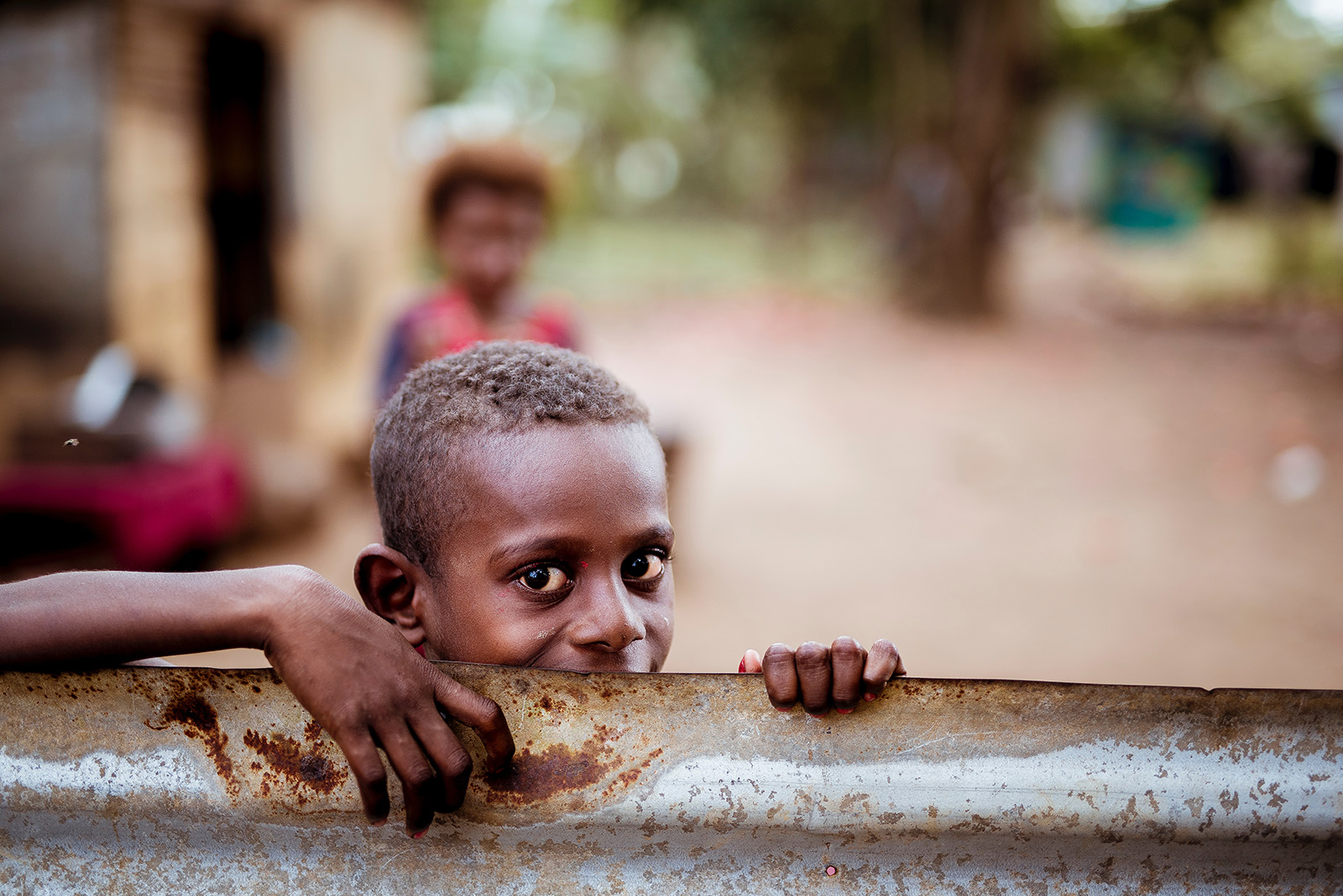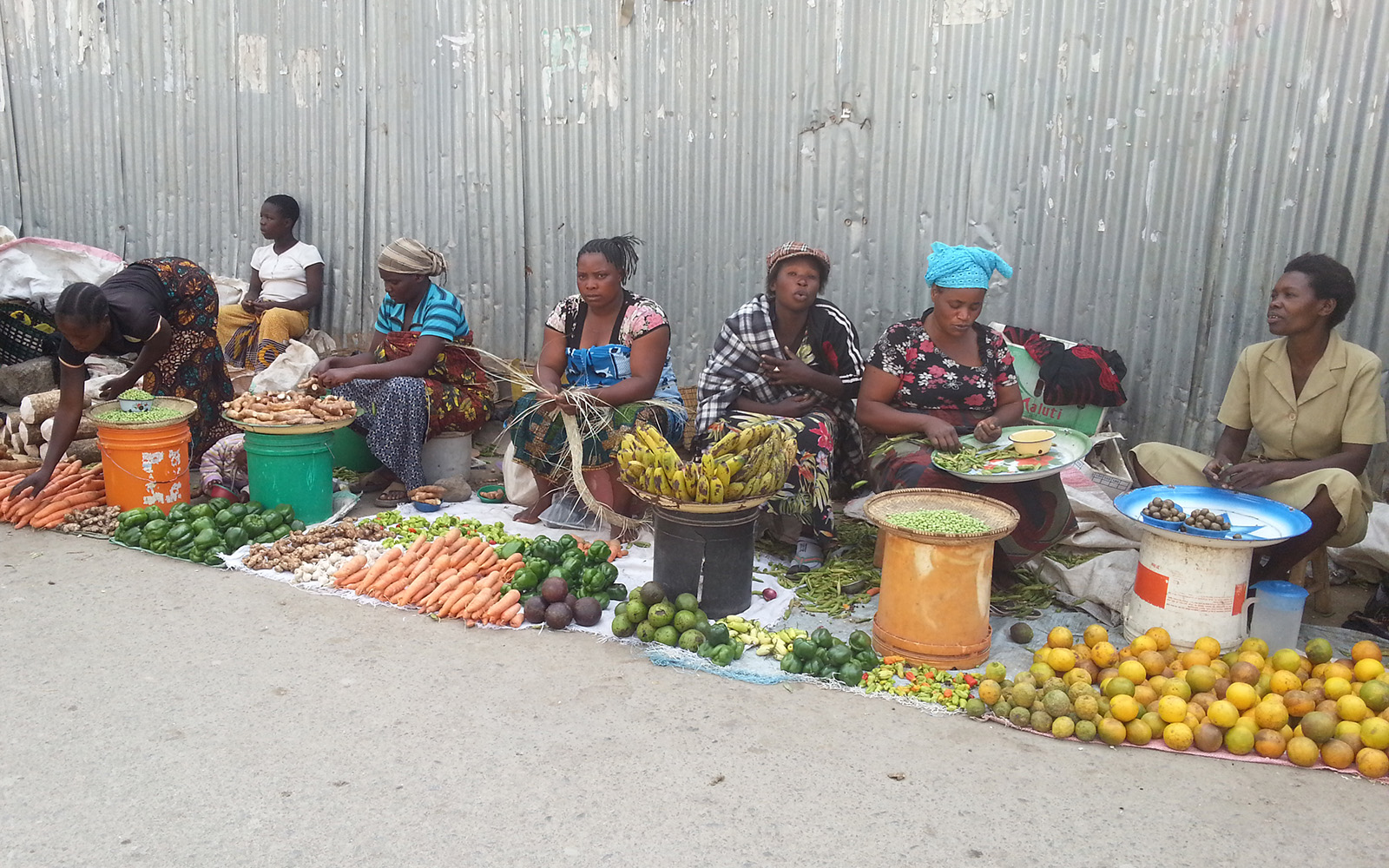T anzania has a current population of 55.57 million people. Current statistics form the World Bank show that in 2011, 49.1% of Tanzanians lived below $1.90 USD per day. This figure is an improvement over 2007’s report indicating a poverty rate of 55.1%. Tanzania has seen annual GDP gains of 7% since 2010 and this economic growth is attributed to these positive trends for poverty alleviation in Tanzania.
Slow economic growth is a contributory factor for child poverty in Tanzania. Based on 2012 estimates, more than a third of households “live below the basic needs poverty line” earning less than $1 a day, while 20% of the total population “live below the food poverty line”.However, it is the rural communities of Mainland Tanzania and Zanzibar who are mostly affected.
Open our eyes to them,
to hear their cry and
to recognize their needs
Tanzania is a country rich in natural resources however all these resources have not transformed the standard of living of many citizens. the economic situation in Tanzania is not satisfactory despite natural resources. Approximately 80 percent of Tanzania live in a rural area which means that the majority of people are living in poverty are located in rural areas.
Slow economic growth is a contributory factor for child poverty in Tanzania. Based on 2012 estimates, more than a third of households “live below the basic needs poverty line” earning less than $1 a day, while 20% of the total population “live below the food poverty line”.However, it is the rural communities of Mainland Tanzania and Zanzibar who are mostly affected. This disparity in wealth between urban and rural is a key factor for child poverty in the rural areas, with 48% lacking basic needs compared to 10% of their peers.


